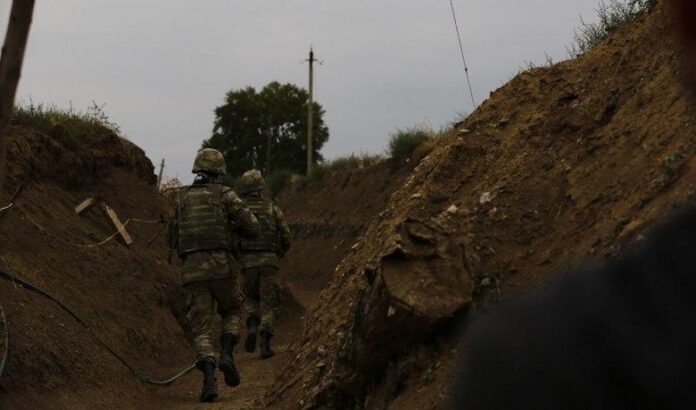Authors: Pieter D. Wezeman, Alexandra Kuimova, Jordan Smith
Affiliation: SIPRI
Date/Place: April 30, 2021/ Stockholm, Sweden
Organization/Publisher: Stockholm International Peace Research Institute (SIPRI)
Type of Literature: Analysis
Word Count: 1,800
Keywords: Azerbaijan, Turkey, Armenia, Nagorno-Karabakh, Conflict resolution Arms transfer, defense spending, Israel, occupation
Brief:
No conflict is frozen but it is the solution of the conflict which is deemed to be frozen, said Turkey’s Foreign Minister Mevlüt Çavuşoğlu after Azerbaijan made territorial gains in Nagorno-Karabakh, winning its 2nd war over Armenia which had illegally occupied the territories. This analysis by SIPRI scholars explains the run up to the six-weeks long war which consumed around 5,700 lives and billions in arms spending. The data provided shows asymmetrical development of defense capabilities of Azerbaijan. It says Armenia and Azerbaijan had “access to more weapons than it had in the past—including new types of weapon, such as UAVs—appears to have at least partly driven the escalation of the conflict.” Despite the fact that international groupings stand against arms transfer, Russia has been the top exporter of arms to both Armenia as well as Azerbaijan between 2011-2020. Israel, Belarus and Turkey are the second, third and fourth exporters of arms to these two warring nations. Nagorno-Karabakh, which is legally part of Azerbaijan, had been occupied by Armenia despite the UN Security Council passing resolutions in the early 1990s asking Armenia to vacate. The last war that started in late September also brought attention to the international feasibility of Turkish drone warfare. Turkey accounted for a meagre 2.9% of Azerbaijan’s defense imports which included armored patrol vehicles, rocket artillery, missiles and armed UAVs. SIPRI data shows the armed UAVs were delivered shortly before the 2020 war and included at least five Bayraktar-TB2 UAVs armed with MAM-L guided bombs. Another important point that the analysts raise is the opaqueness of the arms transfer to these countries. However, Turkey and Belarus have reported all their exports of major arms to Azerbaijan and included details of the types of weapons involved.
By: Riyaz ul Khaliq, CIGA Non-Resident Research Associate




